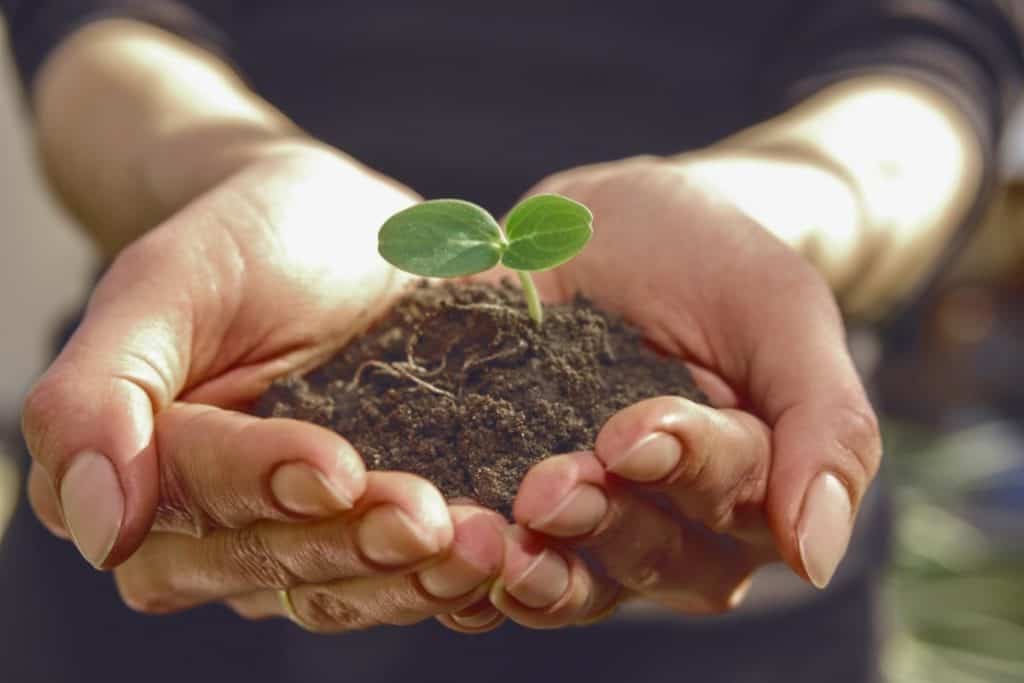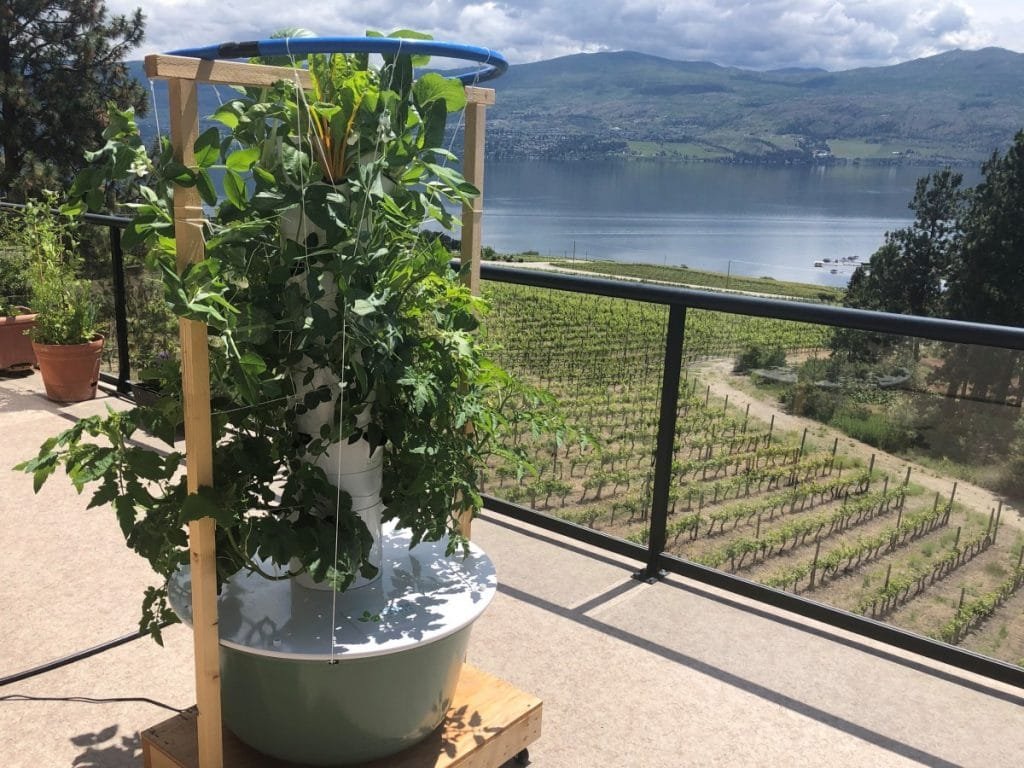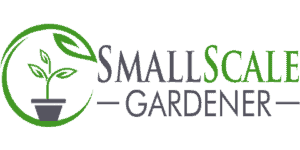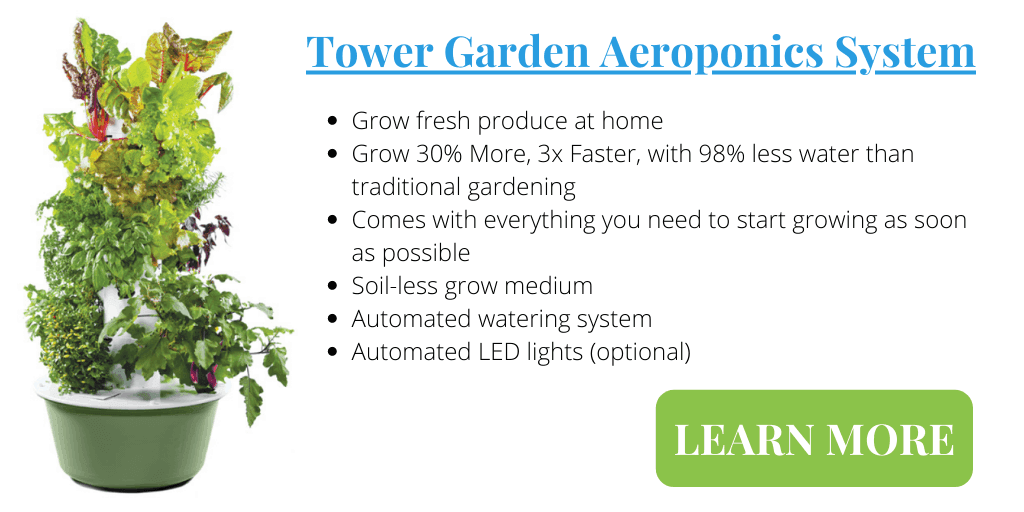Growing plants at home is traditionally done with soil but that doesn’t need to be the case. These days there are several ways to grow plants, very successfully, without soil and you can still do it from the comfort of home.
There are three systems that you can use to grow plants at home without soil. The systems are: Hydroponics, Aquaponics and Aeroponics. These systems all use a nutrient rich, water based solution to feed the plants. They also use a soilless growing medium to support the plants which are essentially the two functions of soil.
Soil-free gardening is ideal for homes without yards, the adventurous gardener wanting to try something new, or for anyone interested in sustainability. Although the initial setup of your system of choice may seem daunting, once you know how it works, soilless growing at home is easy.
Why Plants Don’t Need Soil
It may seem unnatural to grow plants without any soil; however, a plant doesn’t necessarily need it. A plant only needs 5 major things in order to grow and thrive.
- Light – Plants convert light energy into food—sugars—using photosynthesis.
- Water – Absorbed through a plant’s roots, water is also used in the photosynthesis process.
- Air – Carbon dioxide enters through a plant’s leaves and combines with the water to make sugar.
- Nutrients – In addition to the created sugars, a plant needs nutrients to be healthy. Essential nutrients include nitrogen, phosphorus, and potassium.
- Space/Support – Plants need enough room to get the other four requirements. Without enough space, plants can become overcrowded and will be unhealthy or die. They also need their root system to be properly supported.
Soil typically provides plants with nutrients and support, as long as they can get these two key things from somewhere else then plants do not need soil to grow and thrive.
If plants are not getting their nutrients from the soil, then you need to ensure that you are introducing nutrient supply to your plants regularly.

How Plants Can Grow without Soil
Plants that grow in the soil get many of the nutrients they need from the soil or potting mixture you use. But as many of us gardeners know, not all soil is created equal.
True, you can enhance the quality of the soil by adding fertilizer or other nutrient mixes to it, but it can be difficult to know which nutrients your plants are missing. Plus your primary concern with potted plants tends to be if they are getting enough (or even too much) water and sunlight.
In soilless growing the plants roots are either submerged in water or regularly misted. Nutrients must be added since plain water is lacking the key nutrients necessary for survival.
The main three methods of growing plants without soil are hydroponics, aeroponics, and aquaponics. These systems share many similarities such as using water to provide nutrients to the plants but also have many differences.
Hydroponics
Hydroponics involves growing plants by soaking their roots in nutrient-rich water. The plants rest in a soil-free medium, allowing the roots to dangle in the water. Learn more details about hydroponics in my article, What is Hydroponics.
With hydroponics, seeds are planted in a soilless medium like Rockwool cubes or coco coir. Once the seeds have sprouted the seedlings are moved into the hydroponic system and water that has been enriched with a nutrient solution will continually flow past the roots of the plant.
This provides the plant with all the essential nutrients required. The nutrient solution can be tailored to the types of plants being grown and their specific needs.
Two other important aspects of hydroponics are proper pH levels of the nutrient/water solution as well as oxygenating the solution. Adding oxygen to the water is easily done with an aerator similar to ones found in fish takes.
The pH of the solution should ideally be kept between 5.5 to 6.5. Plants like to be slightly acidic. PH is also a concern in terms of soil grown plants but it’s more difficult to check and adjust.
There are many different types of hydroponics systems. The most popular is the Deep Water Culture System which is also the simplest and easiest to set up.
Hydroponic systems can be set up in a number of different ways from vertical to horizontal to stackable. Plus it is easy to use in a greenhouse with proper lighting.
This allows you to grow more plants in a much smaller area and in places where they otherwise could not be grown. You can build your own system or purchase an easy to set up kit.
Learn more about the Easiest DIY Hydroponics kits available in our article. These kits have everything you need to build your own indoor home system.
- INDOOR GARDENING MADE EASY: Enjoy abundant harvests year round with the AeroGarden Harvest...
- ROOM FOR 6 PLANTS: This compact, stainless steel countertop garden features a spacious grow...
- HIGH-PERFORMANCE GROW LIGHT: The full spectrum 20W LED grow light with an automatic on/off...
Aquaponics
Aquaponics is the combination of hydroponics and aquatic animals. It uses hydroponics to grow plants but also uses aquatic animals to provide the plants with nutrients. Learn more in my article, the Complete Guide to Aquaponics.
Adding aquatic animals to the system does make aquaponics a bit more challenging to maintain, but is still relatively easy for the home gardener. By introducing aquatic critters into the system, you create a more natural ecosystem.
There are a variety of animals that can be raised in an aquaponics system. In commercial settings, fish and crustaceans that are edible are raised, while home systems can use standard goldfish.
Commonly used animals include:
- Fish (koi, tilapia, barramundi, or trout)
- Snails
- Shrimp
When choosing which species to use in your system you’ll need to consider the size of your set up. Just like plants, if animals do not have enough space, they will not survive.
Also, think about temperature some fish like tilapia need warm water while others, like trout, prefer cold water. The last thing to consider is if you plan on using the animals as a food source later or if they are purely decorative.
In general, an aquaponic system works by feeding the fish a healthy diet, whether that’s quality flakes or even live food. The fish water is cycled past the plant roots where beneficial bacteria break down the fish waste and turn it into nutrients the plants can absorb. As the plants absorb the nutrients from the fish waste the water is cleaned and the clean water is cycled back into the fish tanks.
Aquaponics is an excellent system if you are interested in growing and raising food to feed your family or community. Some organizations such as Amsha Africa Foundation and Aquaponics Africa are helping rural communities set up aquaponic systems to provide food and income where traditional farming is not viable.
If you decide aquaponics is the way to go, like hydroponics you can build your own system or purchase a ready-made kit. My favorite small home kits can be found in our article, Best Aquaculture Tanks for Your Home.
- The AquaSprouts Garden is a self-sustaining aquarium & aquaponics kit for the home, office or...
- Fish fertilize the plants. Plants clean the water for the fish. Once up & running, aquaponics...
- Grow your favorite veggies, herbs and greens anywhere, all-year-round. No need for added...
Aeroponics
Aeroponics is similar to hydroponics in that it uses a nutrient solution to deliver food to the plant. But unlike hydroponics and aquaponics, where the plant’s roots are submerged in water, with aeroponics, the plant’s roots hang free in the air. Get the complete guide to aeroponics in my article, What is Aeroponics.
Aeroponics uses regular misting or dripping of the nutrient solution to provide plants with water and food. There are two main types of aeroponic systems: high pressure and low pressure.
High pressure aeroponic systems use high pressure misting to provide nutrients to the plants roots. The water droplets are very small helping the plants to easily absorb the nutrients.
Low pressure aeroponic systems use low pressure misting systems and the water droplets are much larger. Low pressure systems are used more frequently in home aeroponic systems since they tend to be less complex.
Due to the nature of aeroponic systems, they can easily be set up as a vertical garden. This helps commercial plant growers and home growers to maximize the space available and increase their crop yield.
Home systems like the Tower Garden are very popular since they don’t have a large footprint and can accommodate over 20 plants. Learn more in our article, What is a Tower Garden and How does it Work.
Benefits of Soil-Free Growing
There are many benefits to soil-free growing versus traditional soil-based growing. All three of the methods I covered above share the following advantages:
- Nonseasonal Growing – You can grow your favorite produce any time of year (when grown inside with lights)
- Saves Water – The water in your system is reused, which means the only loss of water comes from plant usages or evaporation.
- Nutrient Control – You can formulate a nutrient mix that gives your plants the amount and type they need when they need it.
- No Weeds or Pests – Without soil, no weeds are competing for resources. Since there are no pests to fend off, there is no reason to use herbicides or insecticides.
- Easily Organic – By using naturally sourced nutrients derived from compost, such as Planet Earth Creations Compost Tea, you can easily grow your own organic food. Learn more in my article Can Hydroponics be Organic.
- More Efficient Use of Space – Soil takes up a lot of room in comparison to the number of benefits it provides. Getting rid of soil and using a vertical system can minimize the amount of space required to grow a plant.
- Climate Control – Soilless options can give the at-home grower the ability to grow plants indoors or in a greenhouse. Rather than be at the mercy of the weather, soilless growers can easily manipulate factors such as temperature, humidity, and light.
- Little Nutrient Waste – Much of the fertilizer added to soil gets leached away before the roots get a chance to absorb it. With soilless growing methods, growers know that the proper nutrients are being delivered to the plants.
- pH Control of Water – Plants grow best when the pH is between 5.0 and 6.0. This is easy to measure and manipulate using soilless growing techniques but not as much with traditional in-soil methods.
- Less Labor Intensive – While you do have to measure nutrients and ensure the viability of the water-soluble solution, chores such as weeding, aerating, and maintaining soil are not required.
House Plants that Grow without Soil
I’ve covered some ways to grow any plants without soil but there are some plants that grow naturally without soil. These plants are called epiphytes.
Epiphytes grow on rocks or other plants instead of in the soil. They get water directly from rain or moisture in the air, and their needed nutrients come from decaying organic matter around them or the air. Some well-known house plant epiphytes include:
- Anthurium
- Bird’s Nest Fern
- Bromeliad
- Most Orchids
- Tillandsia
Final Thoughts
Growing plants at home without soil is easier than you might think. Using methods like hydroponics, aquaponics or aeroponics will provide you with proven systems for growing plants successfully.
My personal favorite is using the aeroponic method, specifically the Tower Garden. I’ve had a ton of success growing my own fruits and vegetables using the Tower Garden and it is much easier and more productive than my attempts at soil-based plant growing. Learn What a Tower Garden is in our detailed article.




